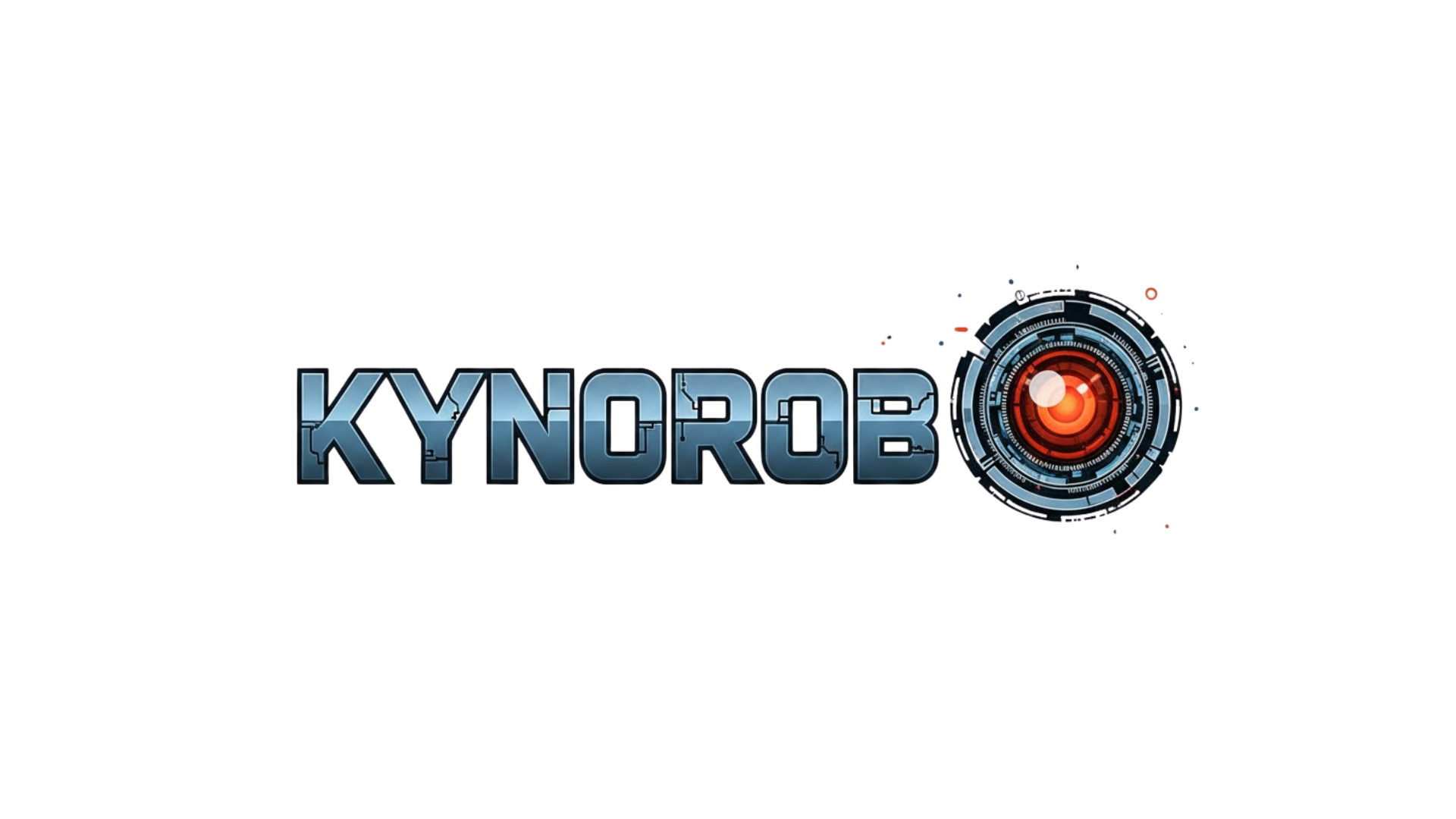Your voice is your most powerful communication tool, and recent technological advances are transforming how we can improve, protect, and rehabilitate it for optimal performance.
🎙️ Understanding the Voice Revolution in Modern Therapy
The landscape of voice therapy has undergone a remarkable transformation in recent years. What once required weekly in-person sessions with a speech-language pathologist can now be complemented—or in some cases, replaced—by sophisticated digital solutions that bring professional-grade therapy directly to your smartphone or computer.
Voice disorders affect approximately 7.5 million people in the United States alone, impacting teachers, singers, public speakers, call center workers, and countless others who rely on their voices professionally. The traditional barriers of cost, accessibility, and time commitment have historically prevented many from seeking the help they need. Today’s voice therapy technologies are breaking down these obstacles in unprecedented ways.
The integration of artificial intelligence, machine learning, and advanced acoustic analysis has created a new generation of tools that can assess vocal quality, provide real-time feedback, and guide users through personalized rehabilitation programs. These innovations represent not just incremental improvements, but a fundamental shift in how we approach vocal health and communication excellence.
The Science Behind Your Voice: What Makes It Work
Before diving into the technologies revolutionizing voice therapy, it’s essential to understand the complex mechanics of human voice production. Your voice originates from the coordinated action of your respiratory system, larynx, and vocal tract—a sophisticated biological instrument capable of producing over 400 distinct sounds.
The vocal folds, two bands of muscle tissue in your larynx, vibrate hundreds of times per second when air passes through them. These vibrations create sound waves that are then shaped by your throat, mouth, and nasal cavities to produce the unique qualities of your voice. Any disruption to this delicate system—whether from overuse, strain, injury, or disease—can significantly impact your communication abilities.
Common voice problems include vocal nodules, polyps, muscle tension dysphonia, vocal fold paralysis, and functional voice disorders. Each condition requires specific therapeutic approaches, and this is where modern technology truly shines, offering targeted interventions previously available only through specialized clinical settings.
🔬 Cutting-Edge Technologies Transforming Voice Therapy
Real-Time Visual Feedback Systems
One of the most significant breakthroughs in voice therapy technology is the development of real-time visual feedback systems. These applications use your device’s microphone to capture your voice and instantly display various acoustic parameters on screen, making invisible vocal behaviors suddenly visible and modifiable.
Visual feedback tools can display pitch contours, loudness levels, voice quality indicators, and spectrograms—visual representations of your voice’s frequency content over time. This immediate feedback creates a powerful learning loop, allowing you to see the direct results of adjusting your breathing, posture, or vocal technique.
Professional-grade systems like VoceVista and Voxit have been joined by consumer-friendly applications that bring similar capabilities to everyday users. These tools help you understand whether you’re speaking in an optimal pitch range, using appropriate vocal intensity, or exhibiting signs of vocal strain.
Artificial Intelligence-Powered Voice Analysis
Artificial intelligence has revolutionized voice assessment by enabling sophisticated analysis that previously required expensive equipment and expert interpretation. Modern AI algorithms can detect subtle indicators of vocal pathology, track improvement over time, and even predict potential voice problems before they become serious.
Machine learning models trained on thousands of voice samples can now identify patterns associated with specific conditions, providing preliminary assessments that help users decide when professional intervention is necessary. These systems analyze parameters like jitter (pitch irregularity), shimmer (amplitude variation), harmonic-to-noise ratio, and other acoustic markers that indicate vocal health.
The democratization of this technology means that teachers can monitor their vocal health throughout the school year, singers can track their progress between lessons, and anyone concerned about their voice can access professional-level analysis from home.
Gamified Therapy Applications
Adherence to therapy protocols has always been a challenge in voice rehabilitation. Traditional exercises can feel repetitive and boring, leading to poor compliance and suboptimal outcomes. Gamification has emerged as a powerful solution to this problem, transforming therapeutic exercises into engaging, motivating experiences.
Modern voice therapy apps incorporate game mechanics—points, levels, achievements, and challenges—that make daily practice sessions something users actually look forward to. Voice-controlled games that require specific vocal techniques to progress create an immersive learning environment where therapeutic exercises happen naturally through play.
These applications often include progress tracking dashboards that visualize improvement over time, providing the positive reinforcement needed to maintain long-term engagement with therapy protocols.
💡 Specific Technologies Making Waves in Voice Therapy
Biofeedback and Wearable Sensors
Wearable technology has entered the voice therapy space with devices that monitor physiological parameters related to voice production. Throat-mounted sensors can measure laryngeal vibrations, neck muscle tension, and even hydration levels—factors that significantly impact vocal quality but are difficult to assess without specialized equipment.
These wearables connect to smartphone apps that provide continuous monitoring throughout your day, alerting you when you’re engaging in vocally harmful behaviors like excessive throat clearing, speaking too loudly in noisy environments, or talking for extended periods without breaks.
The data collected by these devices helps both users and their clinicians understand vocal usage patterns in real-world environments, enabling more targeted interventions and lifestyle modifications that protect vocal health.
Telepractice Platforms
The COVID-19 pandemic accelerated the adoption of telehealth across all medical disciplines, and voice therapy was no exception. Specialized telepractice platforms now offer secure, HIPAA-compliant environments where speech-language pathologists can conduct comprehensive voice evaluations and therapy sessions remotely.
These platforms incorporate high-quality audio streaming, screen sharing for visual feedback, digital therapy materials, and integrated progress tracking. Many include asynchronous features that allow clinicians to assign home practice exercises, review recorded samples, and provide feedback between live sessions, dramatically increasing the dose of therapy without proportionally increasing costs.
The convenience of remote sessions has expanded access to specialized voice therapy, particularly benefiting rural populations and individuals with mobility limitations who previously faced significant barriers to care.
Virtual Reality Voice Training
Virtual reality represents the frontier of voice therapy technology, offering immersive environments where users can practice communication skills in realistic but controlled scenarios. VR voice therapy applications can simulate challenging speaking situations—like presenting to a large audience, speaking in noisy environments, or conducting difficult conversations—allowing users to develop confidence and skill before facing real-world situations.
These platforms can adjust environmental variables like room acoustics, background noise, and audience size while monitoring vocal parameters and providing feedback on performance. The psychological safety of practicing in a virtual environment reduces anxiety and accelerates skill development in ways traditional therapy cannot match.
🎯 Practical Applications for Different User Groups
Professional Voice Users
Teachers, singers, actors, attorneys, salespeople, and other professional voice users face unique vocal demands that put them at higher risk for voice problems. Technology-based voice therapy offers these individuals convenient tools for daily vocal warm-ups, monitoring vocal health, and maintaining optimal performance.
Professional singers can use apps that guide them through vocal exercises targeting specific technical goals, track their vocal range over time, and ensure they’re practicing safely without supervision. Teachers can access vocal hygiene reminder apps that prompt regular water breaks and voice rest periods throughout the school day.
The ability to catch early warning signs of vocal fatigue or strain empowers professional voice users to make adjustments before minor issues develop into serious problems requiring medical intervention.
Individuals Recovering from Voice Disorders
People recovering from vocal fold surgery, vocal fold paralysis, or other voice disorders benefit enormously from technology-enhanced rehabilitation. Apps designed for voice therapy provide structured exercise programs that progress appropriately, ensure patients are performing techniques correctly through visual feedback, and maintain engagement during the often lengthy recovery process.
Digital platforms also facilitate better communication between patients and their treating clinicians, with patients able to record and share voice samples demonstrating their progress or concerns. This ongoing connection supports better outcomes and helps prevent the discouragement that can derail rehabilitation efforts.
Public Speaking and Communication Enhancement
Beyond therapeutic applications, voice technology serves anyone seeking to enhance their communication effectiveness. Apps focused on public speaking skill development analyze vocal variety, pace, filler word usage, and other parameters that impact speaker effectiveness and audience engagement.
These tools help users develop more dynamic, confident speaking styles through targeted practice and objective feedback. For professionals in leadership positions or anyone who regularly presents information to others, these technologies offer accessible coaching that complements or supplements traditional public speaking training.
🚀 Implementing Voice Technology in Your Daily Routine
Starting Your Voice Health Journey
Integrating voice therapy technology into your life begins with honest assessment of your needs and goals. Are you experiencing voice problems that impact your daily life? Are you a professional voice user seeking to optimize performance and prevent injury? Or are you simply interested in becoming a more effective communicator?
Start by consulting with a speech-language pathologist who can assess your voice and recommend specific technologies or therapeutic approaches appropriate for your situation. Many voice disorders require professional diagnosis and treatment planning, even if subsequent therapy exercises can be completed using digital tools.
Once you have professional guidance, explore apps and technologies that align with your specific needs. Most offer free trials or basic versions that let you test whether the interface and approach work for you before committing financially.
Creating Sustainable Practice Habits
Technology’s greatest promise is making voice therapy more accessible and convenient, but it only delivers results when used consistently. Creating sustainable practice habits requires thoughtful integration into your existing routines.
Consider attaching voice exercises to established habits—completing your vocal warm-up routine during your morning coffee, using visual feedback tools during your commute, or ending your workday with vocal cool-down exercises. Setting phone reminders and enabling app notifications helps maintain consistency, especially in the critical early weeks when new habits are forming.
Most voice therapy protocols require daily practice, but sessions can be brief—often just 10-15 minutes. The key is consistency rather than duration, making these short daily sessions far more effective than occasional longer practice periods.
⚡ Overcoming Common Challenges and Misconceptions
Technology Cannot Replace Professional Evaluation
While voice therapy technologies offer remarkable capabilities, they cannot replace comprehensive evaluation by a qualified speech-language pathologist or otolaryngologist. Persistent voice changes lasting more than two weeks warrant professional evaluation to rule out serious conditions.
Think of voice therapy apps as tools that complement professional care rather than substituting for it. They’re most effective when integrated into a treatment plan developed with clinical guidance, ensuring you’re addressing the root causes of voice problems rather than just managing symptoms.
Ensuring Accurate Technology Use
Voice therapy technologies require proper use to be effective. Recording environment, microphone quality, and user technique all impact the accuracy of assessments and feedback. Many apps include calibration processes and tutorials that ensure you’re using them correctly—take time to complete these setup steps rather than rushing into exercises.
If you’re not seeing expected progress or results seem inconsistent, consult with a professional who can observe your technique and identify whether you’re performing exercises correctly or if the technology’s recommendations need adjustment for your specific situation.
🌟 The Future of Voice Therapy Technology
The trajectory of voice therapy technology points toward increasingly personalized, intelligent, and integrated solutions. Emerging developments include AI systems that continuously adapt exercise difficulty based on your performance, integration with electronic health records for seamless clinical communication, and predictive algorithms that identify optimal times for practice based on your vocal usage patterns.
Advances in sensor technology promise even more sophisticated wearables that monitor vocal health with medical-grade precision while remaining comfortable enough for all-day wear. These devices will likely integrate with smart home systems, automatically adjusting environmental factors like humidity that impact vocal health.
Perhaps most exciting is the potential for large-scale data analysis to reveal new insights about voice disorders, risk factors, and treatment efficacy. As more people use voice therapy technologies, the aggregated anonymized data will help researchers identify patterns and develop more effective interventions benefiting future users.

Making Voice Technology Work for Your Unique Needs
The revolution in voice therapy technology offers unprecedented opportunities to improve, protect, and rehabilitate your voice. Whether you’re recovering from a voice disorder, seeking to enhance professional communication skills, or simply wanting to maintain vocal health, today’s digital tools provide accessible, effective solutions.
Success requires thoughtful selection of appropriate technologies, consistent practice, and integration with professional guidance when needed. The investment of time and attention pays dividends in clearer, more confident communication that enhances both professional effectiveness and personal relationships.
Your voice is uniquely yours—a powerful instrument for expression, connection, and influence. The latest voice therapy technologies empower you to take control of your vocal health and communication abilities in ways previous generations could never imagine. By embracing these innovations while respecting the fundamental importance of professional expertise, you can truly revolutionize your voice and unlock your full communication potential.
The future of voice therapy is here, accessible through the device in your pocket or on your wrist. Whether you’re just beginning to explore voice improvement or you’re a seasoned professional voice user, these technologies offer new pathways to vocal excellence. The question isn’t whether to embrace these innovations, but rather how to integrate them most effectively into your unique communication journey. Your clearer, more confident voice awaits—and the tools to achieve it have never been more powerful or accessible. 🎤
Toni Santos is an energy-medicine researcher and subtle-science writer exploring how bio-fields, chakra systems, and frequency therapies shape healing and evolution. Through his investigations into sound medicine, field coherence and energetic design, Toni examines how the invisible dimensions of being become the foundation for presence, transformation and wholeness. Passionate about subtle anatomy, resonance and therapeutic frequency, Toni focuses on how vibration, field awareness and holistic design influence the human system. His work highlights the intersection of science, consciousness, and healing — guiding readers toward living in alignment, resonance and depth. Blending energy medicine, sound healing and field psychophysiology, Toni writes about the landscape of subtle reality — helping readers understand how they inhabit, interact with and expand their energetic fields. His work is a tribute to: The architecture of bio-fields and their role in human vitality The interplay of chakra science, frequency healing and conscious embodiment The vision of subtle medicine as coherent, embodied and whole Whether you are a practitioner, researcher or intuitive explorer, Toni Santos invites you to move into the field of possibility — one vibration, one center, one healing at a time.



